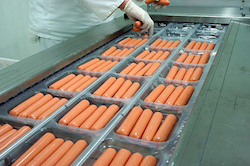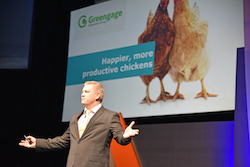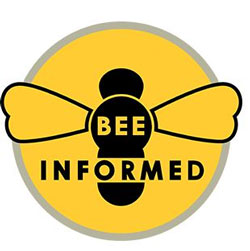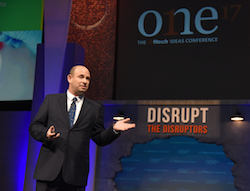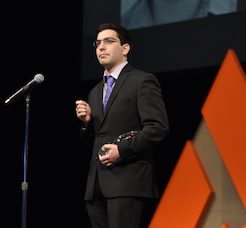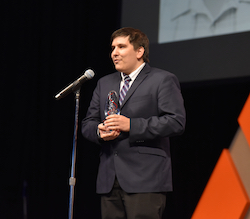 When Richard van der Put looked at the potential for his drone company, SkySquirrel Technologies, he found a niche in vineyards, but he also found a niche with his software.
When Richard van der Put looked at the potential for his drone company, SkySquirrel Technologies, he found a niche in vineyards, but he also found a niche with his software.
“What you see in the market is, obviously, drones are being utilized more and more by farmers, but all of our competitors are basically using the same technology on the imagining side,” van der Put explains. “They give a generic health product that can tell you a bit of information about whether you have a problem or not in the field, but its not specific to what problem that is.”
SkySquirrel’s program, developed by a team member at NASA, gives very specific disease detection information, helping growers better understand the issues. One farmer in Chile, for example, was able to correct a soil companion issue, earning him big returns.
Working with the Pearse Lyons Accelerator program at Alltech has been a big help to this start-up company, and to vineyards globally. “They have a very good view of how the process works,” van der Put says of their expertise in sales.
Listen to more about SkySquirrel Technologies in Jamie’s interview here: Interview with Richard van der Put, SkySquirrel Technologies

